
views
- Mix 4.5 c (1.1 L) of water and 0.5 c (120 mL) of liquid hand or dish soap together in a medium bowl to make your bubble solution.
- To make longer-lasting bubbles, add and mix in 1 US tbsp (15 mL) of corn syrup, glycerin, sugar, or cornstarch.[1]
- Make a bubble wand by bending a pipe cleaner or wire in half, then bending one half into a circle to make a loop with a handle.
Making Bubble Solution
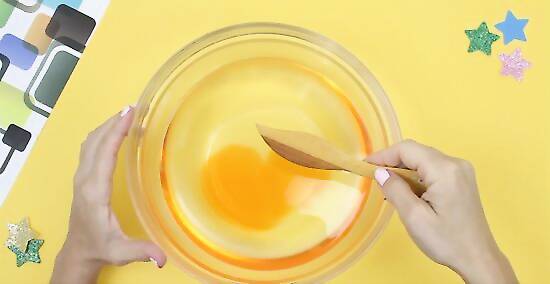
Mix 4.5 c (1.1 L) of water and 0.5 c (120 mL) of liquid hand soap. For a basic bubble solution, simply combine 1 part of liquid hand or dish soap with about 9 parts of water in a medium bowl. If you don’t have liquid hand soap, go ahead and use liquid dish soap, or even liquid body wash, shampoo, or conditioner. Some soaps make bubbles that last longer than others, while others make bigger or smaller bubbles. Experiment with your kids to see how different soaps perform. Liquid hand or dish soap are perhaps the most reliable, and you may have the best success with these. Body wash or shampoo may not be quite as sudsy as liquid dish soap, but they’ll work well in a pinch. If you’re using laundry detergent, make sure it’s mild and skin safe.
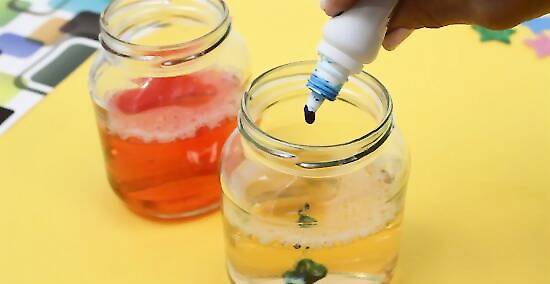
Make better bubbles by adding 1 US tbsp (15 mL) of corn syrup. Adding extra ingredients to your bubble solution can result in longer-lasting bubbles, bubbles that soar sky-high, or even colored bubbles. Make a few different batches of soap solution and try out each enhancement with your kids. Or, mix all the added ingredients together in one batch to see what sort of wild bubbles you can create! Add 1 US tbsp (15 mL) of corn syrup to the mixture to make your bubbles thicker, last longer, and even fly higher. Or, use an equal amount of glycerin, gelatin, sugar or cornstarch to achieve the same effect. Add 2-3 drops of food coloring to make vibrant, colorful bubbles. Split the soap solution into a few different dishes and pour different food colorings into each to make bubbles of many different colors. Add a pinch of glitter, small flower petals, confetti, or other small, lightweight ingredients to make festive and whimsical bubbles.
Making a Bubble Wand
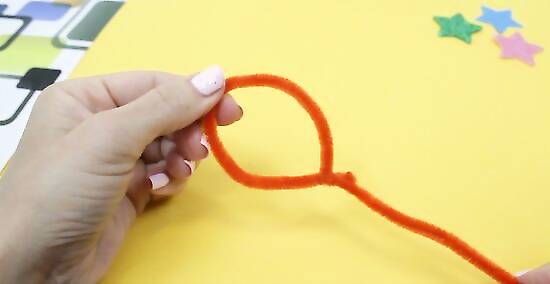
Bend a pipe cleaner into a loop to make a small bubble wand. The wands that you can purchase in the store are usually made from plastic, but almost any material with a hole in it can be used to blow bubbles. To make a simple wand, bend the top section of a pipe cleaner or a plain wire into a circle shape, then bend the tip of the circle around the shaft of the pipe cleaner to create a wand. You might also blow bubbles with fly swatters, plastic slotted spoons, straws, plastic berry baskets, plastic wiffle balls with holes, or even wire egg dying dippers.
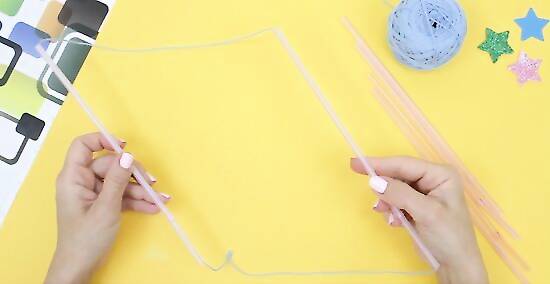
Make a giant bubble wand with string and plastic straws. Cut 2 plastic straws down to about 6 in (15 cm) in length. Then, thread a bit of twine or string that’s 30 in (76 cm) long through both straws and tie the ends in a knot, making a large loop. Slip the knot inside one of the straws. Finally, fold the ends of 2 more straws and insert each into one of the shorter straws to create handles. Or, straighten out a wire coat hanger, then bend one end of the wire into a large circle shape and fasten the tip of the circle to the straight part of the wire to form a loop and handle. Alternatively, cut off the large bottom of a gallon milk jug to make a simple, hand-held mega bubble blower.
Blowing Bubbles

Dip a small bubble wand in the bubble solution to make small bubbles. Take your bubble solution and small wand outside on a day with no breeze, or stay inside over some tile or hardwood flooring. Fully submerge the loop of the small bubble wand into the bubble solution. Hold the circular part of the wand 2–3 in (5.1–7.6 cm) from your lips and blow gently to make bubbles. Watch as they stream from the wand and float away, then burst. If you're using bubbles with food coloring, be sure not to blow them inside, since they may stain furniture and carpets. To make lots of tiny bubbles, get a good amount of solution on the wand and blow with a little extra force.
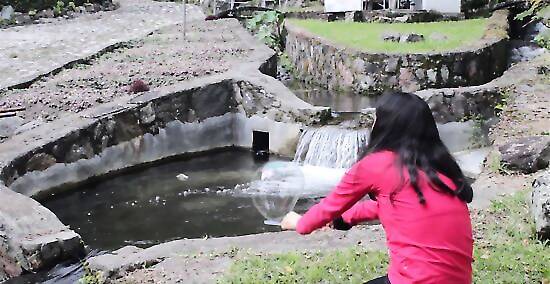
Dip your giant bubble wand in a shallow container for huge bubbles. Pour the bubble solution into a shallow tray. Lay the large bubble wand’s loop in the solution so that the edges are completely covered. Slowly lift the wand from the solution and check to make sure a membrane of swirling bubble solution is stretched across the blower. Gently wave the bubble maker through the air to make bubbles that grow to enormous size and naturally separate from the wire. Try running with the giant bubble blower to make a larger bubble. Stand in a high spot, like at the top of your porch steps, and make a big bubble that floats gently to the ground. It will last longer this way.
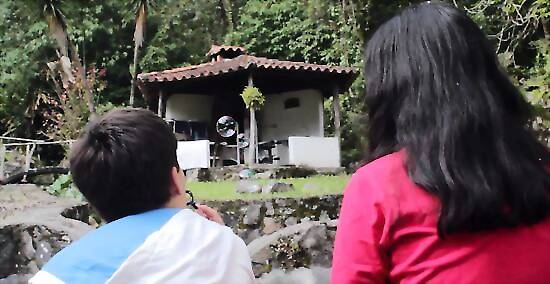
Play bubble games, like a bubble blowing competition. Dip your wands into the solution and, on the count of 3, see who can blow the most, the biggest, or the longest-lasting bubbles. Or, stand at a starting line and see who can blow bubbles over a nearby finish line the fastest, keeping the bubbles afloat just by blowing up from under them. If you’re using colored bubble solution, blow bubbles onto blank white paper to make mesmerizing bubble art. Blow directly into your bubble solution through a straw to make some wacky bubble sculptures in your dish. Blow a big bunch of bubbles and challenge your kids to use only a single body part to pop them, like their feet. Or, challenge them to avoid touching any of the bubbles. See if you can catch a bubble in your palm without popping it.















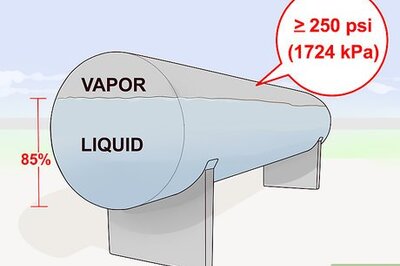



Comments
0 comment